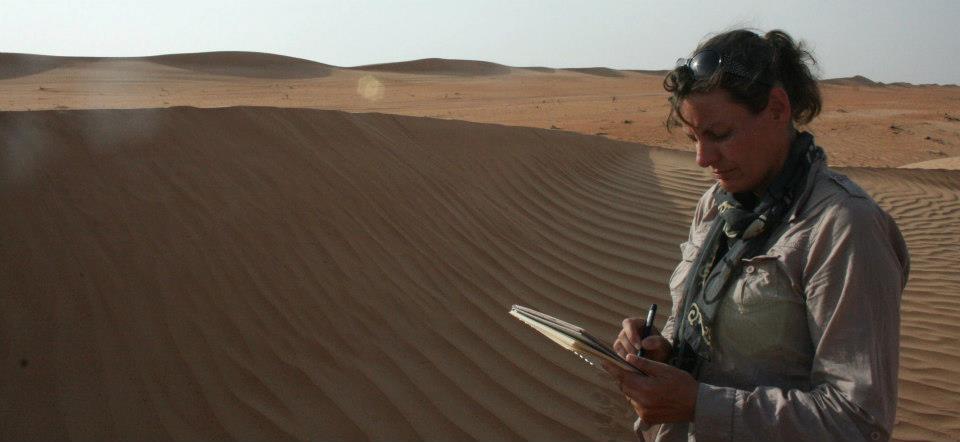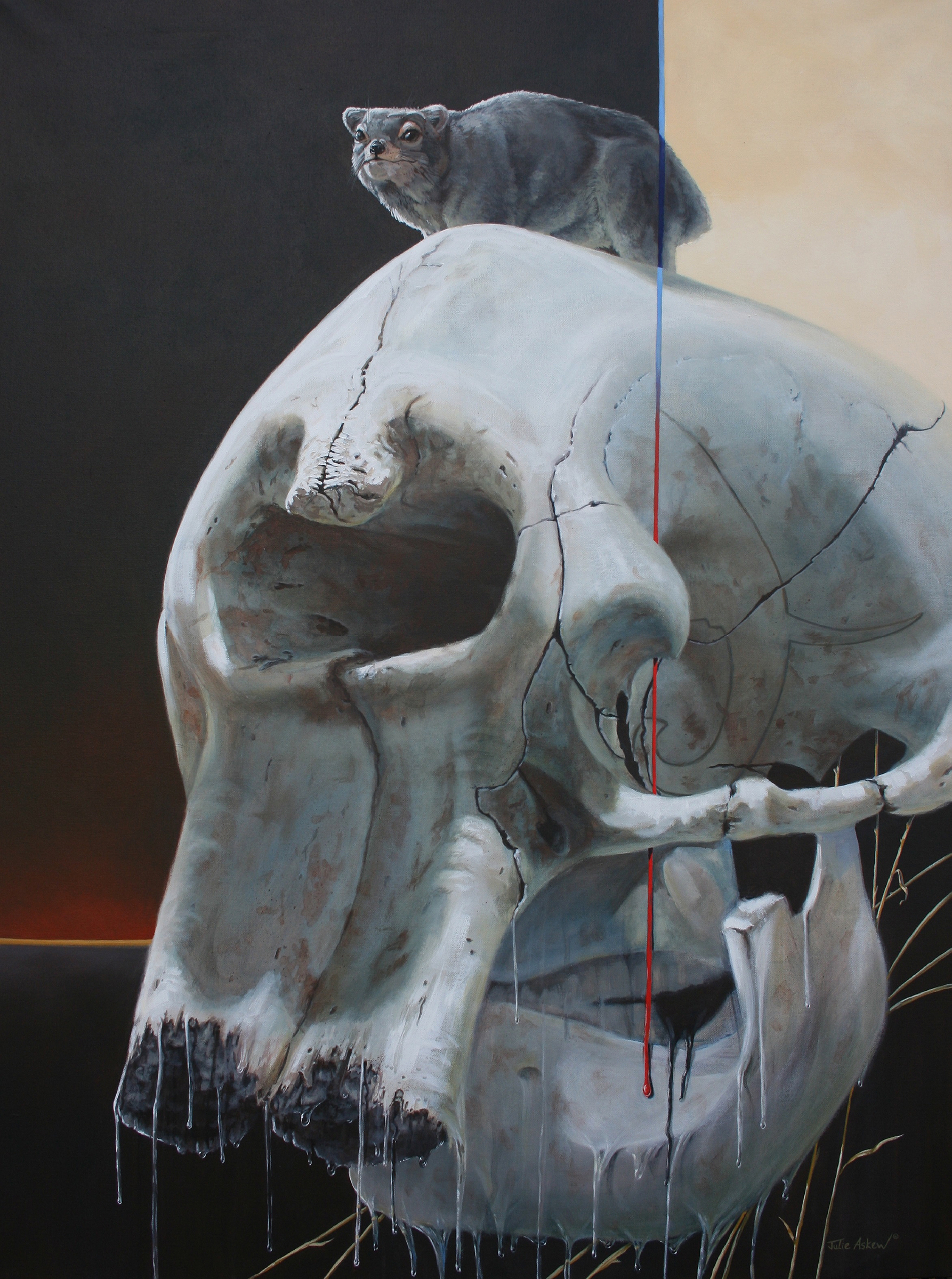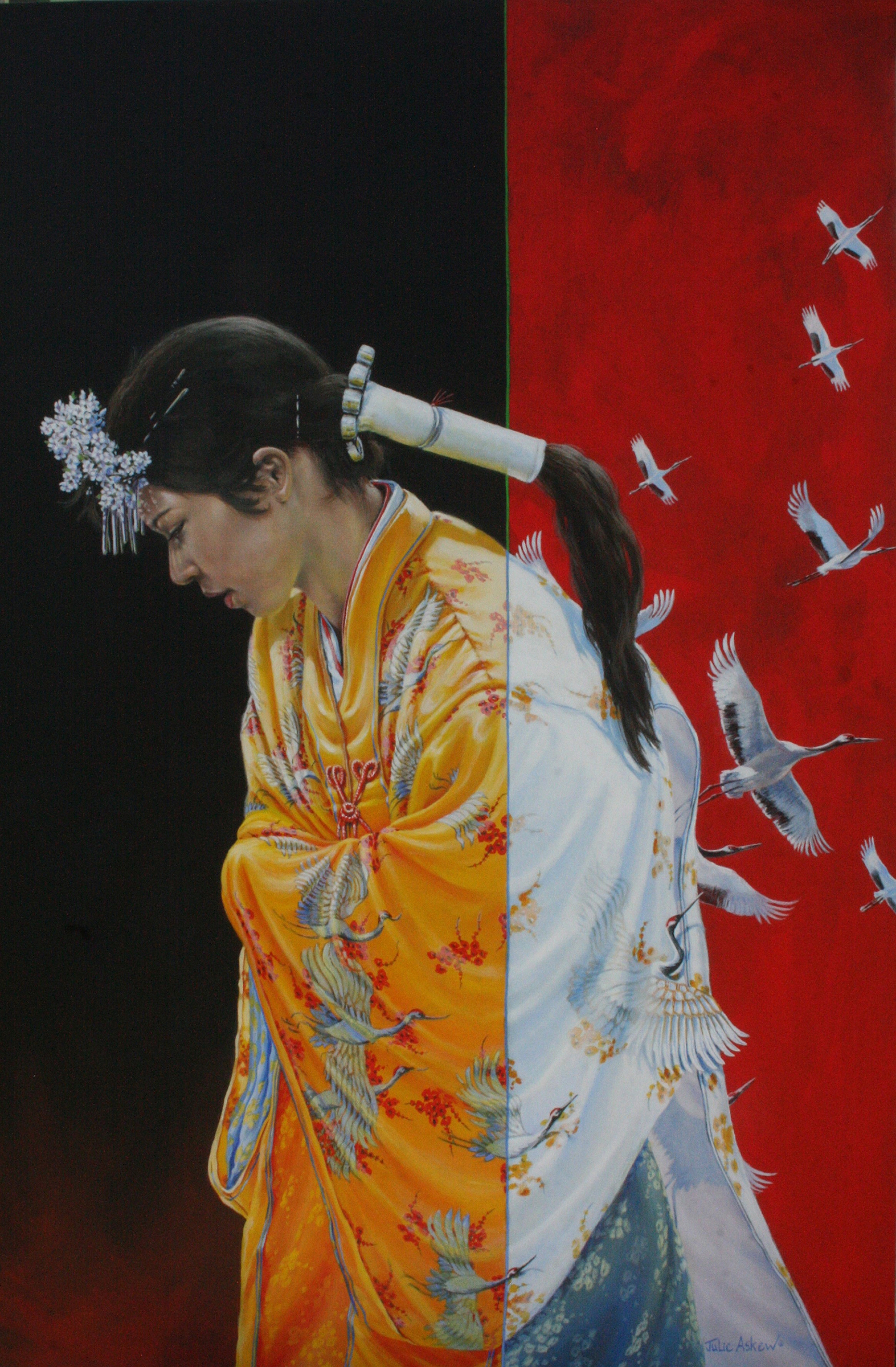No species is forever, according to scientific rules of terrestrial biology. Five major extinctions in the last 450 million years, each wiped out up to 90% of all species. And each caused by volcanic events, gamma ray eruptions and asteroid hits. Science now tells us, that we are living in the midst of the sixth great extinction. This time the natural cause is us. Humans.
It might sound strange, yet we are indeed as natural a cause as an asteroid strike, for we should not forget that we are part of nature. But we unfortunately consider ourselves separate from our natural world and somehow superior to other life. This ignorance is destroying our planet. The agenda is profit and all actions are justified if they are financially viable. Profit is God and our environment suffers, while we ignore that money cannot bring back lost environments and extinct species. Scientists are being randomly accused of overreacting, data and facts are being ridiculed or ignored. And all the while, the sixth great extinction is already happening.
Being a witness to our rapidly changing world is particularly poignant for a wildlife artist. Just painting the beauty of life has become a frustration. I am getting the uneasy feeling that, like the cavemen in the distant past, I am painting subjects that will not exist in our very near future. It has become important to me to paint the ‘big picture’ –the relationship between different species and their environments. The story of our time.
I am therefore creating a series of paintings called Lifeline
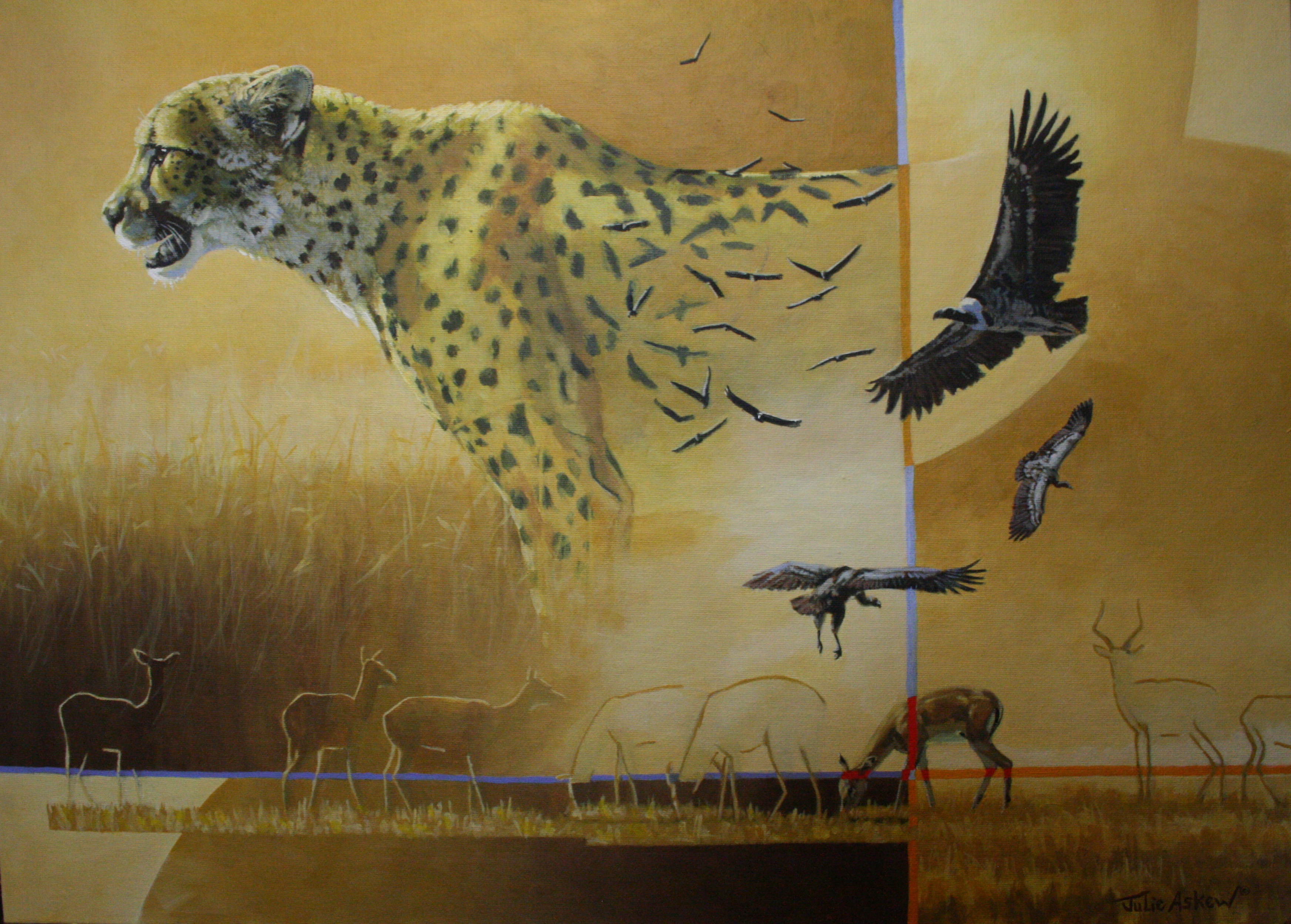
As a classically trained artist with my background in scientific illustration, drawing and sketching from life is my foundation. My work has generally been traditional wildlife and landscape and cultural portraits have been a natural part of the portfolio from my travels. I have had the good fortune to travel all over most of our planet. I have witnessed the wildlife in deserts and jungles, on the plains and in the mountains and oceans of our world. And observed the sharp contrast of diverse cultures in towns and cities.
My philosophy is to only paint what I have seen for myself. I fill sketchbooks wherever I go, drawing and noting as much as I can. The click of a shutter doesn’t give me the time to observe and take in what I am experiencing. The moment is lost and one’s mind is already on the next shot. Unlike a photograph, sketching allows you to observe and interpret behaviour, colour, light and atmosphere while you are drawing. Recalling the experience is therefore immediate and vivid when back in the studio, since the sketch is already a personal, live interpretation of what you have seen.

Having decided on the theme of a Lifeline painting, I research the chosen subjects. I rely on scientific papers to ensure that the species I have in mind all link up correctly. The challenge is then how to best convey my message to the viewer in a visually strong, interesting and unusual way, whilst maintaining the painting as a piece of desirable, fine art. This is maybe the most interesting part of the creative process.
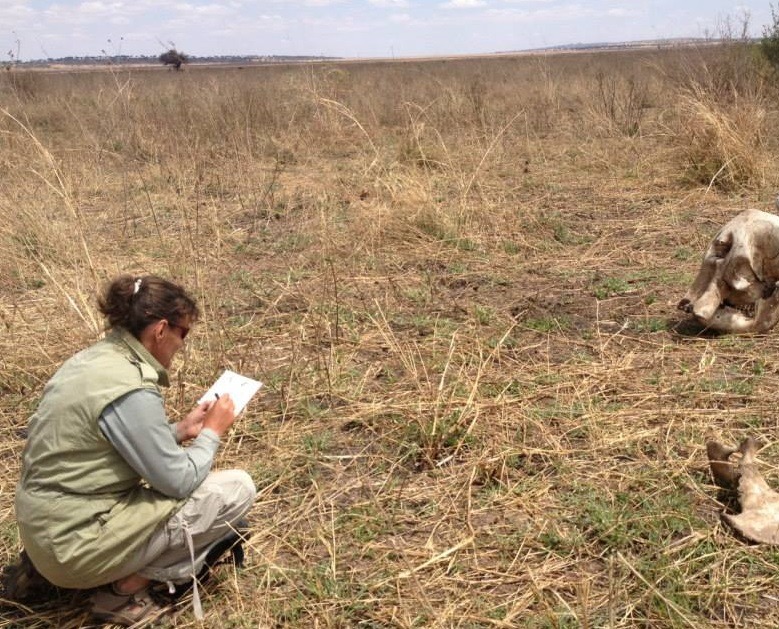 I do a number of small, rough drawings to compose a basic design idea. Usually the painting then continues to evolve as I paint. I adjust the design and add or remove subjects accordingly as I go, nothing stays set or fixed in order to keep the process alive. I keep reading up on the theme while the painting is in progress, this continually sparks new thoughts and insights that I may want to add. It is important to remember that the issue of conservation itself is ongoing, very much alive and developing out there whilst you paint.
I do a number of small, rough drawings to compose a basic design idea. Usually the painting then continues to evolve as I paint. I adjust the design and add or remove subjects accordingly as I go, nothing stays set or fixed in order to keep the process alive. I keep reading up on the theme while the painting is in progress, this continually sparks new thoughts and insights that I may want to add. It is important to remember that the issue of conservation itself is ongoing, very much alive and developing out there whilst you paint.
With the Lifeline series, I have opted to push my work beyond the traditional. I use dynamic composition and color to create the story I want to tell. I use actual life lines to link the species through the design, helping to tell the relative story of life. Some of the pieces include human figures, sometimes subtle, sometimes a main feature –reminding us that we too are nature and that the responsibility to preserve, is ours.
Julie Askew (left) Lifeline 3–The Last Elephant (right) Lifeline 4 ©Julie Askew
The issues I want to highlight with the Lifeline series are desperately important and I aim to paint the bigger picture in order to contribute and raise awareness and motivation for conservation. I hope I am able to send a strong message of conservation in my work and firmly believe that Observation is the first big step towards Preservation.
Julie Askew has travelled extensively sketching and painting the natural wonders of our planet. With her philosophy of only painting what she has observed for herself, her pile of field sketchbooks continually grows providing inspiration and reference for her studio paintings. Julie is active in art and conservation as the International Director on the Board of the Society of Animal Artists, Founder of Oman Wild Art –introducing wildlife art to the Middle East and one of the International group, Artist Ambassadors Against Poaching, highlighting the poaching crisis of elephants.
This post is part of the MAHB’s Arts Community space –an open space for MAHB members to share, discuss, and connect with artwork processes and products pushing for change. Please visit the MAHB Arts Community to share and reflect on how art can promote critical changes in behavior and systems and contact Erika with any questions or suggestions you have regarding the new space.
MAHB Blog: https://mahb.stanford.edu/creative-expressions/lifeline/
The views and opinions expressed through the MAHB Website are those of the contributing authors and do not necessarily reflect an official position of the MAHB. The MAHB aims to share a range of perspectives and welcomes the discussions that they prompt.
